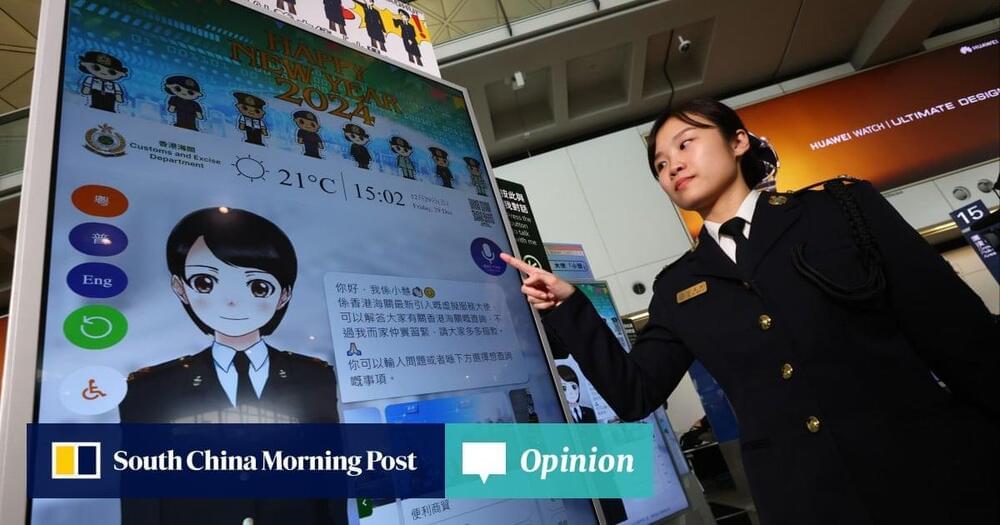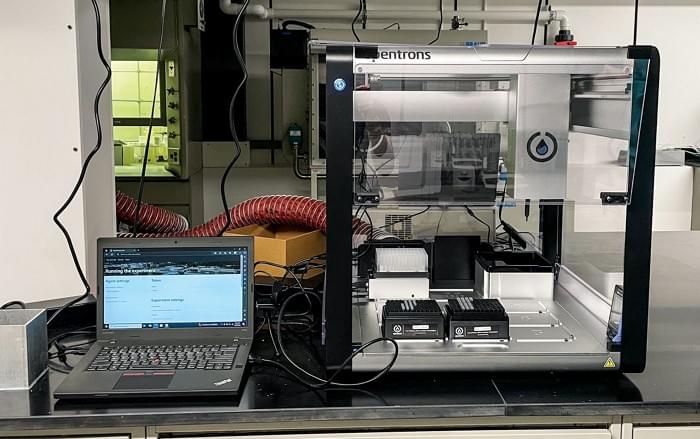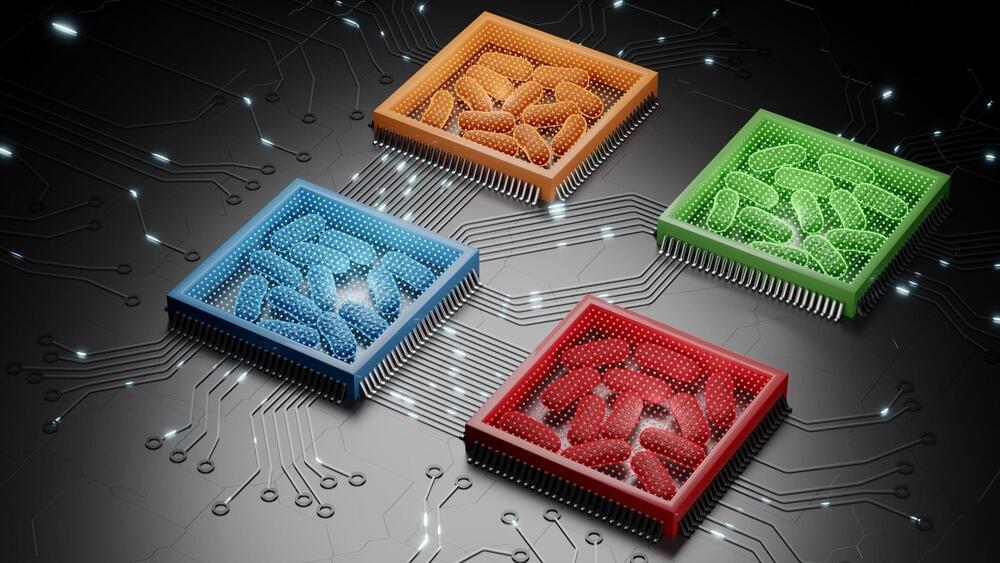Sometimes big science comes in small packages.


This morning in breaking news, Brett Adcock CEO of Figure Robotics, dropped a mind-blowing demo showing that their Figure 1 robot can now do end-to-end AI training. This demo of the bot now able to make coffee is just one of many applications that they are promising the bot can do. Robotics expert Dr. Scott Walter does a comparison with Tesla Bot and Google’s Mobile ALOHA Scott Walter is an Aerospace Engineer with a Ph.D. in Mechanical Engineering and has co-founded two robotics companies Follow Scott on X @GoingBallistic5 Get Free TESLA Milestone Tables M.

Eli Lilly & Novartis are entering a strategic research collaboration with Isomorphic Labs to use state-of-the-art AI technologies—including the next-gen model of #AlphaFold—to discover novel small molecule therapeutics for select biological targets.
We are reimagining the entire drug discovery process from first principles with an AI-first approach.
🌟 Unlock Your Creative Potential with Pictory.ai! 🎨Looking to level up your design game? Look no further! Explore the amazing world of design with Pictory…


Generative AI is also expected to play a significant role in 6G mobile technology. This year, work to set and agree on 6G standards will continue with the anticipation that the first standards could be introduced between 2027 and 2028, and the technology could reach commercialisation by 2030. Generative AI can be applied to various aspects of 6G, such as network resource management, spectrum allocation and network topology optimisation.
It is also capable of meeting the demands of “connective intelligence” for new technologies. Connective intelligence is a key force driving the development of the 6G network, enabling real-time, reliable and ubiquitous interaction and communication between humans, the physical world and the digital world. This results in the creation of a decentralised and continually evolving intelligence, making it easier for users to share their discoveries and experiences with each other.
In summary, by the end of 2024, generative AI will become an invaluable assistant, providing support and help across different industries. Its powerful analysis and predictive capabilities will enable people to handle complex tasks and problems more efficiently, offering real-time solutions and recommendations.


The survival strategies employed by one of the most aggressive, territorial and venomous ant species may pave the way to revolutionize robotics, medicine and engineering.
Fire ants survive floods by temporarily interlinking their legs to create a raft-like structure, allowing them to float collectively to safety as a unified colony and then releasing to resume their individual forms.
Drawing inspiration from this natural process, researchers at Texas A&M University discovered a method that allows synthetic materials to mimic the ants’ autonomous assembly, reconfiguration and disassembly in response to environmental changes such as heat, light or solvents.

Machine learning and laboratory experiments have provided scientists with insights into the different languages bacteria use to communicate. By understanding the ways in which bacteria interact and the circumstances under which their communication is disrupted, researchers can tackle issues related to drug-resistant bacteria and advance the development of biocomputing technologies.
The study builds on an earlier project in which the researchers showed that disrupting bacterial communication is an effective way to fight multidrug-resistant bacteria. Bacteria use small molecules to communicate with each other and coordinate infection, and the team showed that interfering with bacterial communication by blocking these molecules reduced inflammation and made the bacteria more vulnerable to antibiotics.